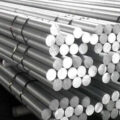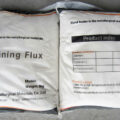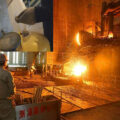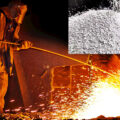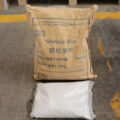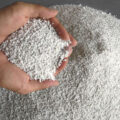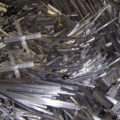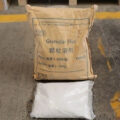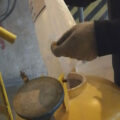Flux for Aluminum Packaging Recycling is a white powder or granule with uniform particle size. Its main components are chloride salt and fluoride salt. After proper heat treatment and sieving, it is beneficial for the nitrogen in the refining tank to enter the lower layer of molten aluminum uniformly through physical and chemical changes. It is economical and can meet the production of aluminum products.
Adding an appropriate amount of aluminum melting aluminum flux when smelting aluminum products can effectively remove the hydrogen and floating oxide slag contained in the aluminum liquid.
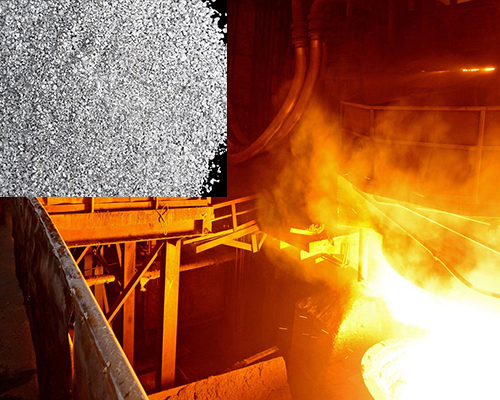
Aluminum refining agent can be used in a variety of aluminum alloy melts, and can be used for pure aluminum smelting, refining and slagging. Only need to sprinkle the refining agent on the surface during use, dissolve it in the aluminum liquid quickly and stir it fully.
Flux for Aluminum Packaging Recycling used in the aluminum alloy smelting process must meet the following conditions:
1. The melting point should be lower than that of aluminum alloy.
2. The specific gravity should be less than that of aluminum alloy.
3. It can absorb and dissolve the inclusions in the melt, and can remove gas from the melt.
4. It should not be chemically active with metal and furnace lining. If it interacts with metal, it should only produce inert gas that is insoluble in metal, and Foundry Flux should be insoluble in molten metal.
5. Low moisture absorption and low evaporation pressure.
6. It should not contain or produce harmful impurities and gases.
7. It should have proper viscosity and fluidity.
In the second quarter of 2021, 42,857 tons of aluminum packaging were recycled, an increase of 5% from the amount collected in 2020 (40,903 tons).
Approximately 84,704 tons of aluminum packaging were collected in 2021, an increase of 1,650 tons from January to June 2020, including more than 59,000 tons collected from the roadside and approximately 23,000 tons of bottom ash collected from incinerators (increase 7%).
With a goal of 66% and a shipment of 8,326 tons, the industry is expected to exceed its collection goals and achieve a recycling rate that has never been reached. According to UNEP data, approximately 67% of the final goal has been achieved.

